News – Project Aware 2011
Project Aware is a non-profit worldwide organization that was established in 1995 by in response to divers concerns about the potential damage of coral reefs through recreational and commercial water activities. The diving community has become aware that the man’s activities and natural disasters have led to a reduction in the natural reef systems worldwide.
Project Aware advocates, “Conserving underwater environments through education, advocacy and action”
Project Aware has several regional offices in USA (the Head Quarters), Asia Pacific, Europe, Japan and International. These offices have been responsible for issuing grants to worthy causes. Over a 20 year period the Foundation has awarded grants ranging from $500 to $3000. The areas of funding have included:
Coral Reef Conservation
Shark Protection
Sustainable Fisheries
Ecotourism related to underwater activities
Aquatic education especially children
Direct conservation of underwater resources, for example, mooring buoys
In 2009 the Foundation expenditure for grants was a staggering $275,000 worldwide for 116 projects.
The Foundation is presently reworking the grant-giving program in order to align with Project Aware’s new mission and action plans for the future. It is hoped that details will be available from September 2011.
Education is paramount and Project Aware has many educational resources available including posters, publications, activity and learning kits, exhibits and lectures to mention a few. Education is a critical component in the protection of our oceans. The oceans have been put under pressure due to the Earth’s expanding population and the ever-increasing use of disposable goods, which become discarded and can eventually make their way to the ocean, for example, plastic bags. The Foundation actively encourage the education of children and have devised the AWARE Kids program, which teaches children about the underwater world and encourages activities for them to participate in, for example, beach clean-ups. There is an AWARE Kids Activity Book, which topics include coral reefs, sharks, whales, dolphins, whales, turtles and kelp forests. All the student activities correlate to National science Education standards. Education of children is important, as they are our ambassadors for our future.
Project Aware encourages regular events, for example, beach clean-ups, coral monitoring and donate as you dive campaigns. It is an organization that encourages divers worldwide to participate in activities such as underwater clean-ups, monitoring and reporting the state of the marine environment. Armed with information from divers it is possible to lobby governments for action on preservation and the conservation of the marine environment.
Project Aware has recently acquired a new logo and has become pro active in two main conservation areas. These campaigns are known as Sharks In Peril and Marine Debris. It is known that less than 1% of the ocean environment is protected. The shark campaign is trying to secure shark protection worldwide. Unfortunately, there are some species of sharks that are on the brink of extinction and without action the shark population will continue to be decimated. There is currently a petition, which will put pressure on Governments, particularly in countries that matter, to enforce policies to protect the shark population. There has been a victory in Europe, which has enforced a shark-finning ban. The shark petition is in the form of a widget, this being the 21st century online version of door-to-door canvassing. The widget can be uploaded to websites and blogs, so signatures can be acquired online.
The Dive Against Debris campaign enables divers to participate in a year round citizen science project highlighting the negative impact of trash in the marine environment and how to address the issue. Data that is submitted to Project Aware gives a true picture of the debris issues. Currently, there are 180 countries that are actively collecting and reporting online with the help of a data card the type of underwater rubbish that is found. The data can be used to highlight “hot spots”, thus promoting further action in these areas. The diving community can be pro active and use tools available from Project Aware to connect with other divers who are organizing conservation activities in the area. The Foundation is an inspiration to divers who are the key to addressing debris issues on a global scale.
Project Aware has produced a book, which gives information on issues facing the underwater ecosystems. The environments covered include: coral reefs, temperate and tropical regions, oceans, lakes, rivers, fisheries management and diving aware. It is a comprehensive book that is used as teaching tool for the Project Aware Specialty. This is a worthwhile course and gives the diver a wealth of information.
One way of contributing to Project Aware is to make a donation when you are being certified for any Scuba Diving Course. The donation is 100% and goes to worthwhile causes. In return you will receive a limited edition certification card. This organization has been inspirational to many divers and continual action will make a difference!!

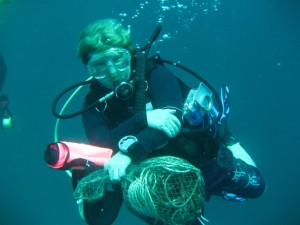
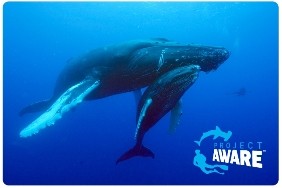
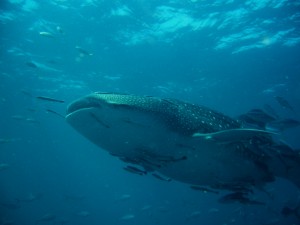
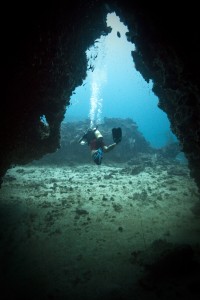
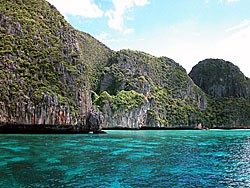
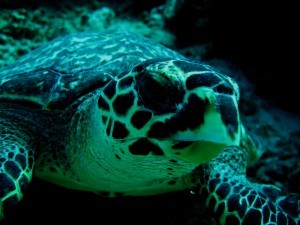
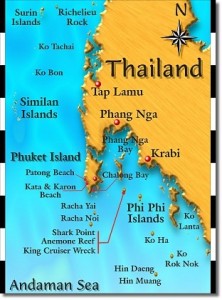
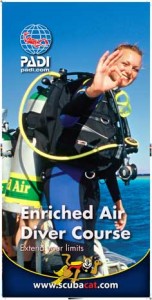
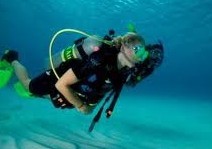
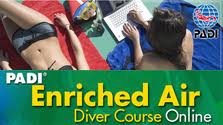
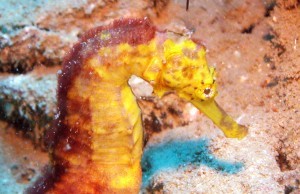
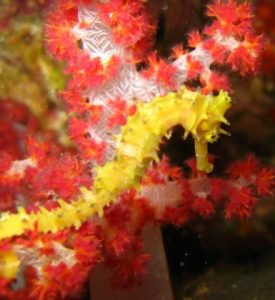

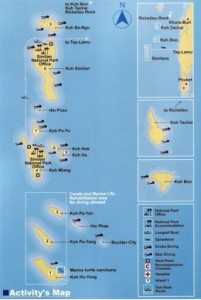
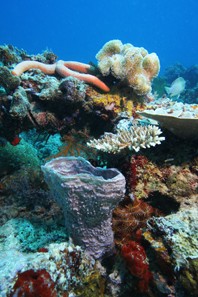
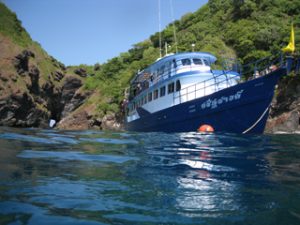





Scubacat Community